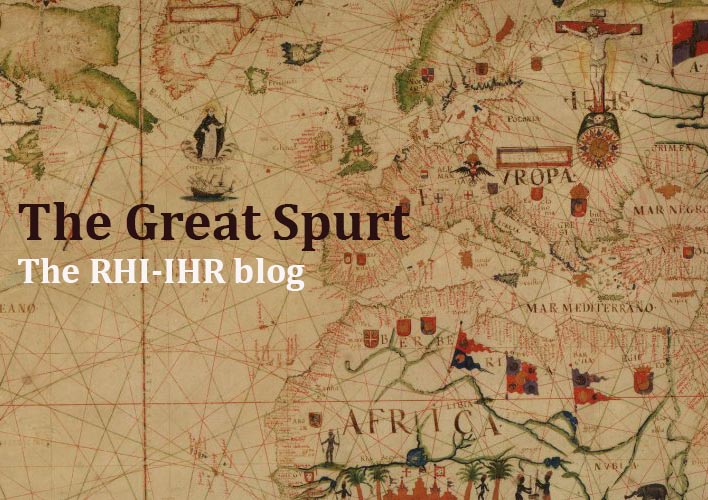A small company becomes a big one: The Sociedad General Gallega de Electricidad and the beginnings of Fenosa
Keywords:
Electric Utilities, Business Strategies, Spain, Economic HistoryAbstract
Business groups that dominated the Spanish electricity market during the Francoist period had been born linked to large international electrotechnical conglomerates or major Spanish banks. Only Fuerzas Eléctricas del Noroeste (Fenosa) had had its origin in a small and local company, the Sociedad General Gallega de Electricidad. This firm achieved significant growth by means of mergers and acquisitions in the 1920s and had managed in the 1940s, through the creation of a new company called Fenosa, to avoid the ban on generating capacity increases established by the electrical agreements signed in the 1930s. Under this new name, but with the same managers, technicians and majority shareholders, the company was granted the concessions to exploit a major part of a new hydraulic basin, that of the Miño river. By building up new hydroelectric facilities there, Fenosa was able to join the Spanish electricity oligopoly. In this paper we analyse the evolution of the company and the strategies that allowed it to obtain that result.Downloads
Downloads
Published
How to Cite
Issue
Section
License
Copyright (c) 2015 Xoán Carmona BadíaWe have been applying a Creative Commons Attribution license (CC-BY) since 2019, before that year we had a partial open access policy, which included open access for the first two months after publication, followed by an embargo policy for non-subscribers, as access to the last 4 published issues was restricted to journal subscribers. In contrast, early-view articles were always open access prior to publication in an assigned volume. Until 2024 the access to the last 4 published numbers was restricted to those who were subscripted to the journal.
The author assigns all rights to the publisher. Creative Commons
The author who publishes in this journal agrees to the following terms:
- The author assigns all intellectual property rights exclusively to the publisher for the entire duration of the applicable intellectual property rights. The University of Barcelona holds the copyright ownership of the contents published in the journal.
- The publisher will distribute the texts under the Creative Commons Attribution License, which allows others to share the work, provided that they acknowledge the authorship, its initial publication in this journal, and the conditions of the license.





